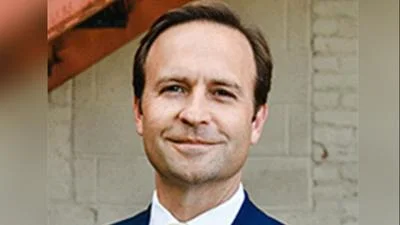The proposed project schematic for the I-96 flex route is shown. | Office of Gov. Gretchen Whitmer press release
The proposed project schematic for the I-96 flex route is shown. | Office of Gov. Gretchen Whitmer press release
Drivers in Detroit will soon say goodbye to the I-375 freeway, as Gov. Gretchen Whitmer revealed plans to supplant the freeway with an urban boulevard that will facilitate economic development, along with easier access for motorists in the city.
The Michigan Department of Transportation (MDOT) finished their environmental review route after obtaining a Finding of No Significant Impact (FONSI), allowing for the urban boulevard to go beyond the design phase this spring, according to a news release from the governor’s office.
"Reaching this milestone required an extensive amount of listening for many years," Paul Ajegba, MDOT director, said. "Working through issues and concerns raised by community members is key to any successful project. Clearing the environmental hurdle allows MDOT to proceed with further partnering opportunities throughout the design process."
I-375 is over 50 years old and displaced the thriving Black neighborhoods of Black Bottom and Paradise Valley, along with several businesses and residential buildings during its construction, according to the release.
"As a former Lafayette Park resident, I know there is no way to undo the damage that the building of I-375 did to Black communities,” Sen. Stephanie Chang (D-Detroit) said. “I am truly glad MDOT recognizes that racial equity work must be done in this area, although we know that the I-375 project won't be able to address all of the inequities that continue to persist in our communities.”
Built through a flourishing Hasting Street, I-375 was officially opened in 1964, and in the process, a hurdle was established between Detroit’s central business district and the communities to the east. This resulted in a section of the city that was predominately a Black community being deprived of economic opportunities, according to the governor’s office.
"As development has pushed east from downtown and west from Lafayette Park, the barrier that I-375 represents in our city has become even more apparent," Detroit Mayor Mike Duggan said in the release.






 Alerts Sign-up
Alerts Sign-up